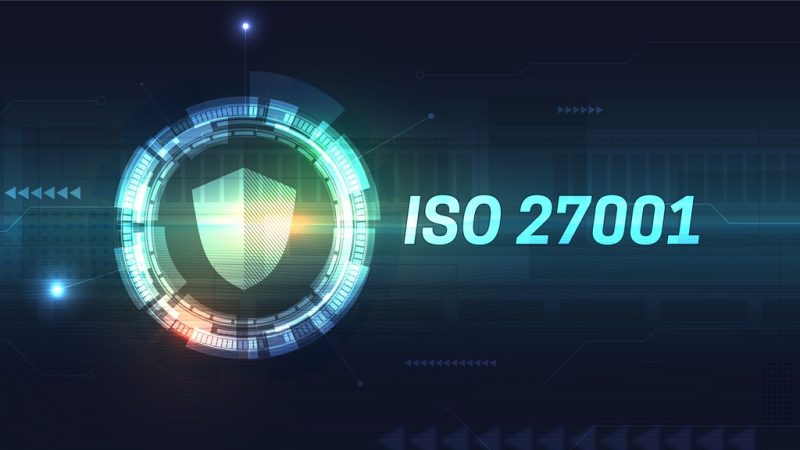
• ISO/IEC 27001:2022 includes 93 controls, with 34 categorized as technological, aimed at protecting information systems and enhancing resilience
• Implementing these controls effectively requires risk assessment, contextual tailoring, and balancing security needs with usability and budget constraints
• Benefits include regulatory compliance, automation of security processes, and improved incident response and organizational resilience
Technological controls within ISO/IEC 27001:2022 are essential for securing information assets against modern cyber threats, including malware, unauthorized access, and data breaches. These controls must be selected and implemented based on a comprehensive understanding of the organization’s risk landscape, informed by a formal ISO 27001 risk assessment. This process identifies vulnerabilities, quantifies potential impacts, and guides the prioritization of appropriate security measures.
Annex A of the standard provides 93 controls, 34 of which are technological, covering areas such as encryption, access management, and system monitoring. Selection should align with an organization’s specific risks and operational realities. For example, cloud-based environments may prioritize encryption and secure access, while smaller organizations may need to weigh cost and complexity against effectiveness. ISO 27002 offers practical implementation guidance and helps tailor control design to real-world conditions, supporting the integration of physical and technological measures for layered defenses.
Challenges include cost, complexity, and the potential disruption of workflows. Controls like SIEM or intrusion detection require significant investment and expertise, while poor implementation of even simple measures, such as access restrictions, can reduce productivity or lead to user workarounds. Effective implementation relies on planning, stakeholder engagement, and a commitment to balancing security with usability. Controls such as MFA or encryption can be highly effective when carefully scoped and supported with user training and robust key management.
The benefits of technological controls extend beyond security; they support compliance with regulations like the GDPR, improve operational efficiency through automation, and increase organizational resilience by enabling rapid detection and recovery during incidents. Ultimately, success depends not just on deploying sophisticated tools, but on how well these controls are adapted to the organization’s specific context and integrated into its overall information security management system.
URM supports organizations in achieving ISO 27001 conformance through consultancy services like gap analysis, risk assessments, policy development, ISMS implementation, and audit support. Their training offerings include introductory and transition courses, as well as professional certification preparation, equipping teams to manage compliance effectively and confidently.


Leave a Reply
You must be logged in to post a comment.